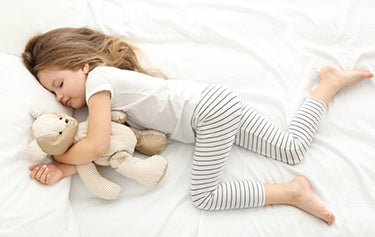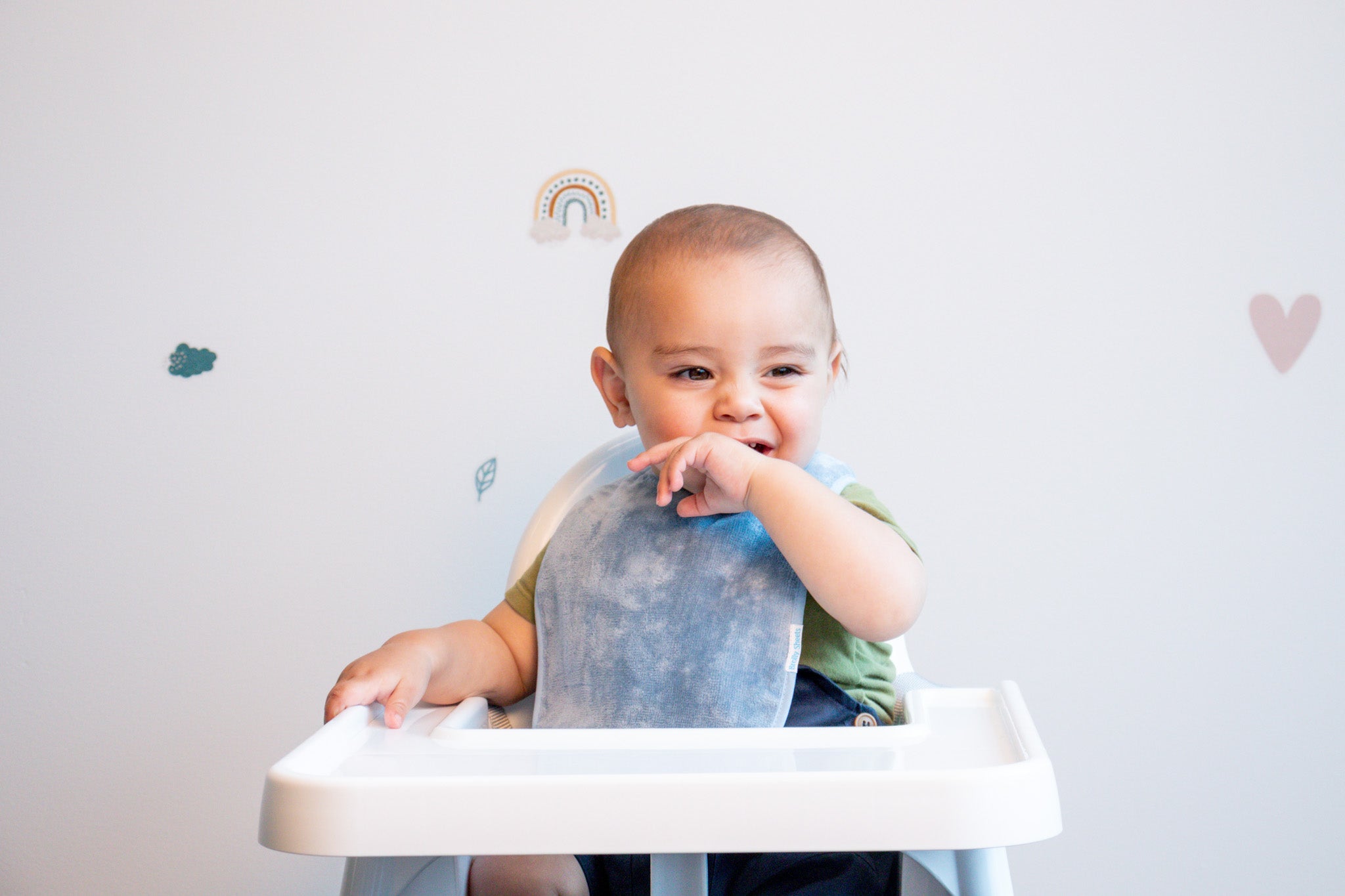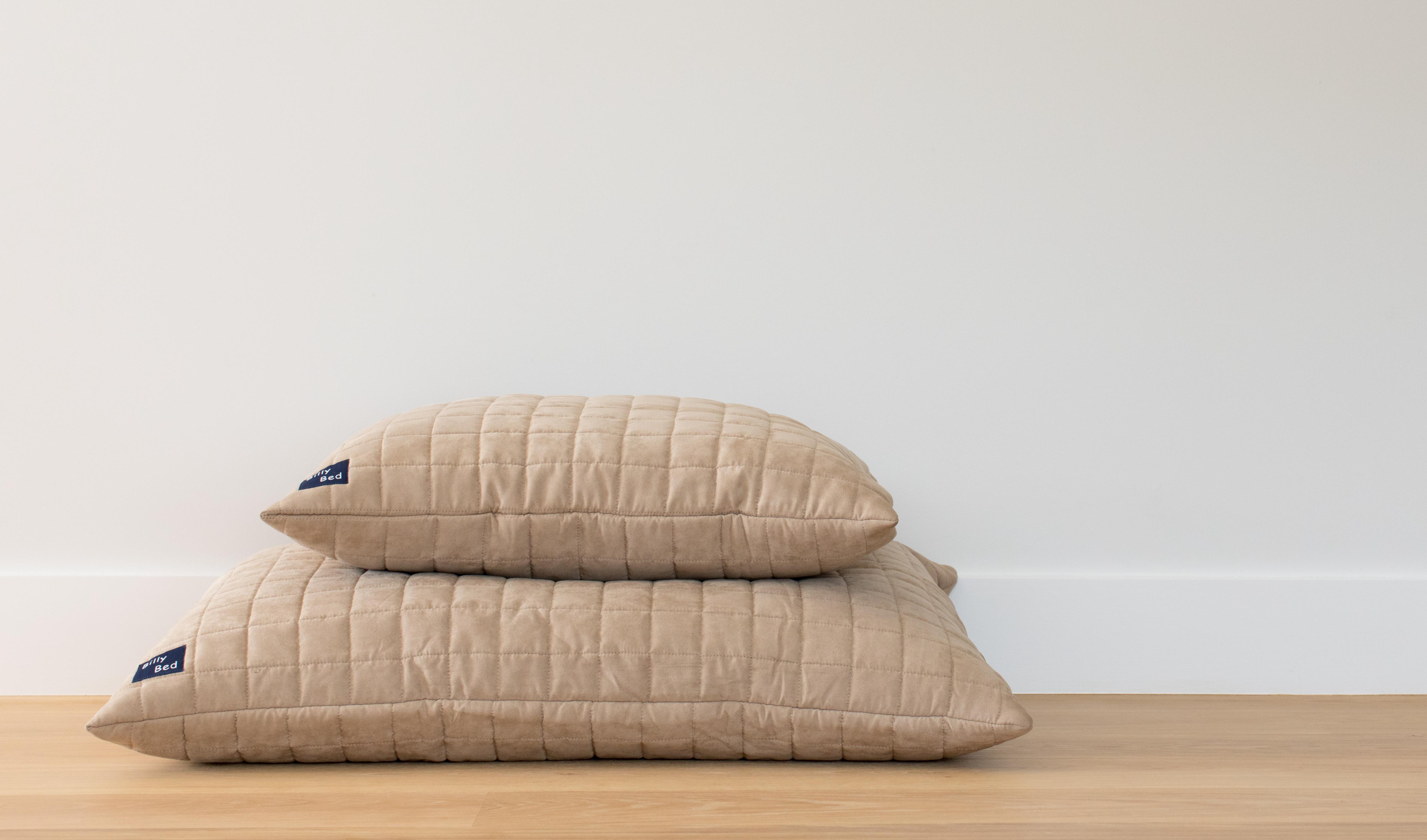
Let’s Talk About Bedwetting Alarms
Looking for ways to reduce the pressure of having a bedwetter in the family? Bedwetting alarms should be high on your list of things to learn about. With 1 in 7 five-year-olds wetting the bed regularly and 1 in 15 who will still be wetting the bed at age 10, bedwetting is a real concern for parents.
So, what can you do?
Introducing Bedwetting Alarms

Night-time toilet training using a bedwetting alarm is something we recommend you try. The success of these alarms has been well-documented in research over the past 35 years. The benefits they offer include being cost-effective, having no side effects and help your child avoid the need to take medication.
Being willing to talk to your child about their bedwetting is part of the process. Reassure them that it doesn’t last forever and to help them stop, you would like them to try using an alarm. Take time to explain how the bedwetting alarm works, in that it trains their brain to recognise the feeling of a full bladder when they asleep and will help them to wake up before they wet the bed. It will take approximately 2-12 weeks to achieve dry nights.
If they are willing to try using an alarm, let them know you will support them any way you can.
How to Create a Bedwetting Alarm Action Plan
Like most things in life, good planning is the key to achieving a successful outcome.
The use of a bedwetting alarm can be disruptive to your child’s and the family’s sleep. Work to get the entire family involved in the plan so that there are no surprises. School holidays would be a good time to introduce alarm training. There is less pressure to get up and ready for school, and your child can catch up on sleep if necessary.
To be effective, a bedwetting alarm treatment programme should involve:
- Practicing before bed: at bedtime during the first week of alarm training, practice what they will do when the alarm goes off. This will help prepare their brain to respond to the alarm during sleep. You may have to help them awaken during the alarm if they are a heavy sleeper.
- Be prepared – extra pyjamas and Brolly Sheets may be needed for a quick change during the night.
- Reward program – a reward chart is a good way to help motivate and keep kids on track with their night-time toilet training. Milestones that could be recorded include:
- responding to the alarm on their own for several nights in a row;
- helping change the sheets and do the laundry;
- staying dry at night;
- after 14 consecutive dry nights, the bedwetting alarm won’t be needed anymore!
Things to Do During the Day When Using a Bedwetting Alarm
There are a few things you and your child can do during the day to help them stay dry at night:

- Drink plenty: aim for six 250ml glasses of water per day. This will help stretch the bladder so it can hold more during the night.
- Visualisation: practice visualisation exercises during the day when they need to pass urine. For example, when the full bladder feeling appears, get them to go to their room and close the curtains and close their eyes. Have them explain out loud the feeling in their bladder, which helps ‘train’ their brain to recognise it during night hours.
Persistence and sticking to a routine will take you far on the journey towards dry nights! Keep going because you will be successful.
Brolly Sheets sell Dri Sleeper alarms on their Australian and NZ websites. Dri Sleeper alarms are made in NZ and sold around the world for over 35 years. Helping hundreds of thousands of children achieve dry nights.
Download your free reward chart









